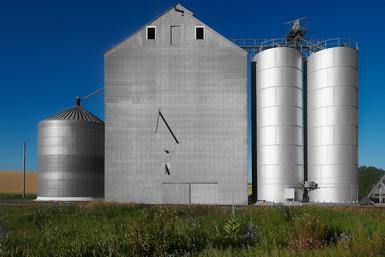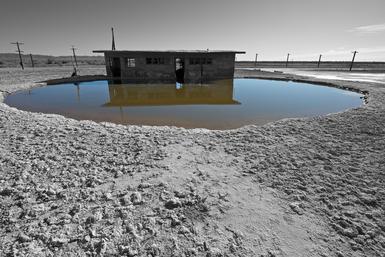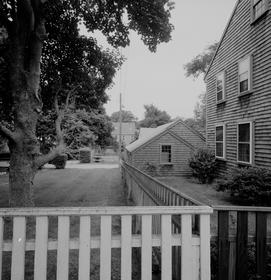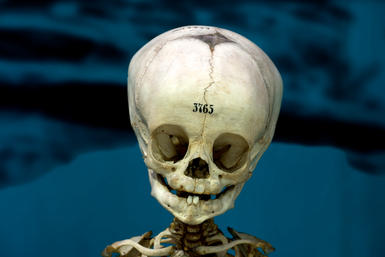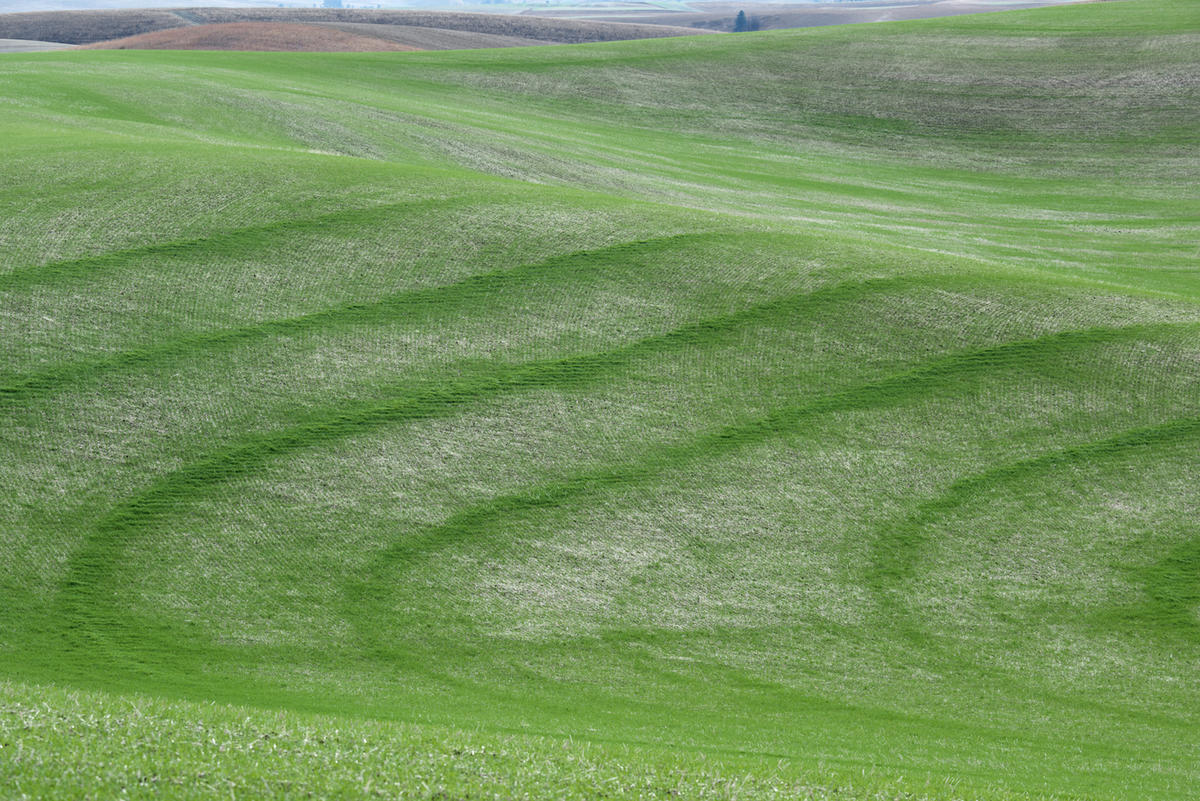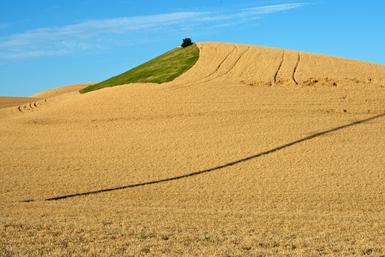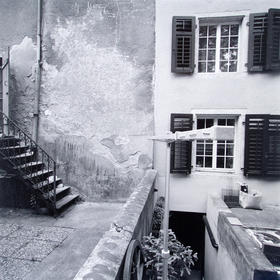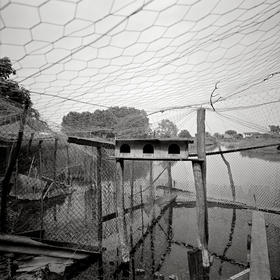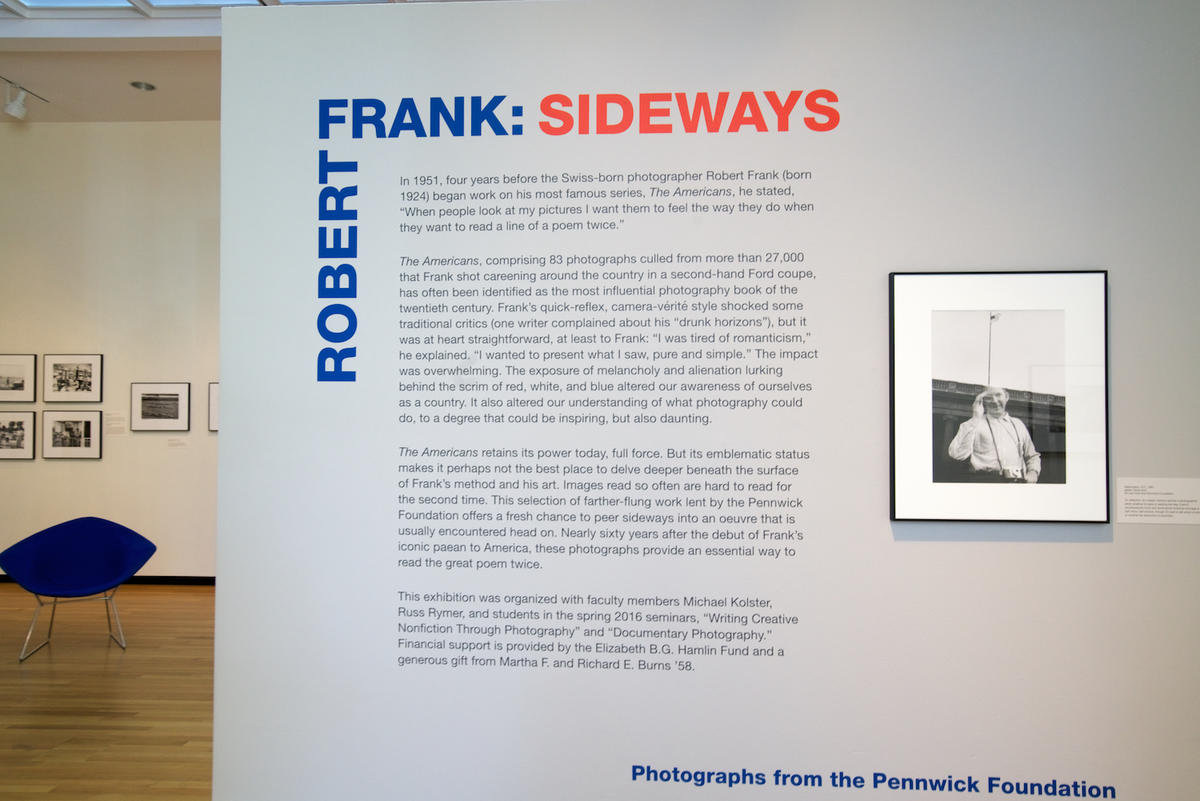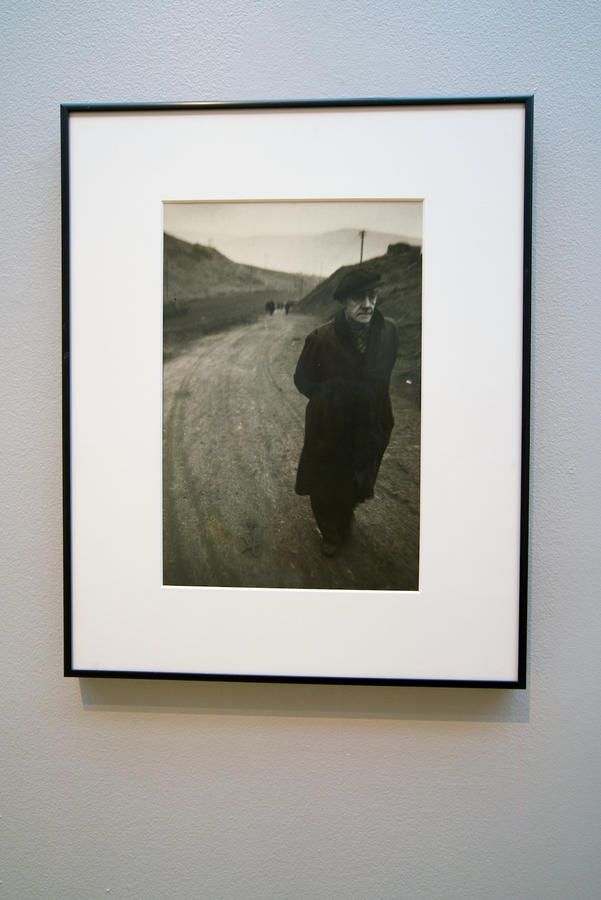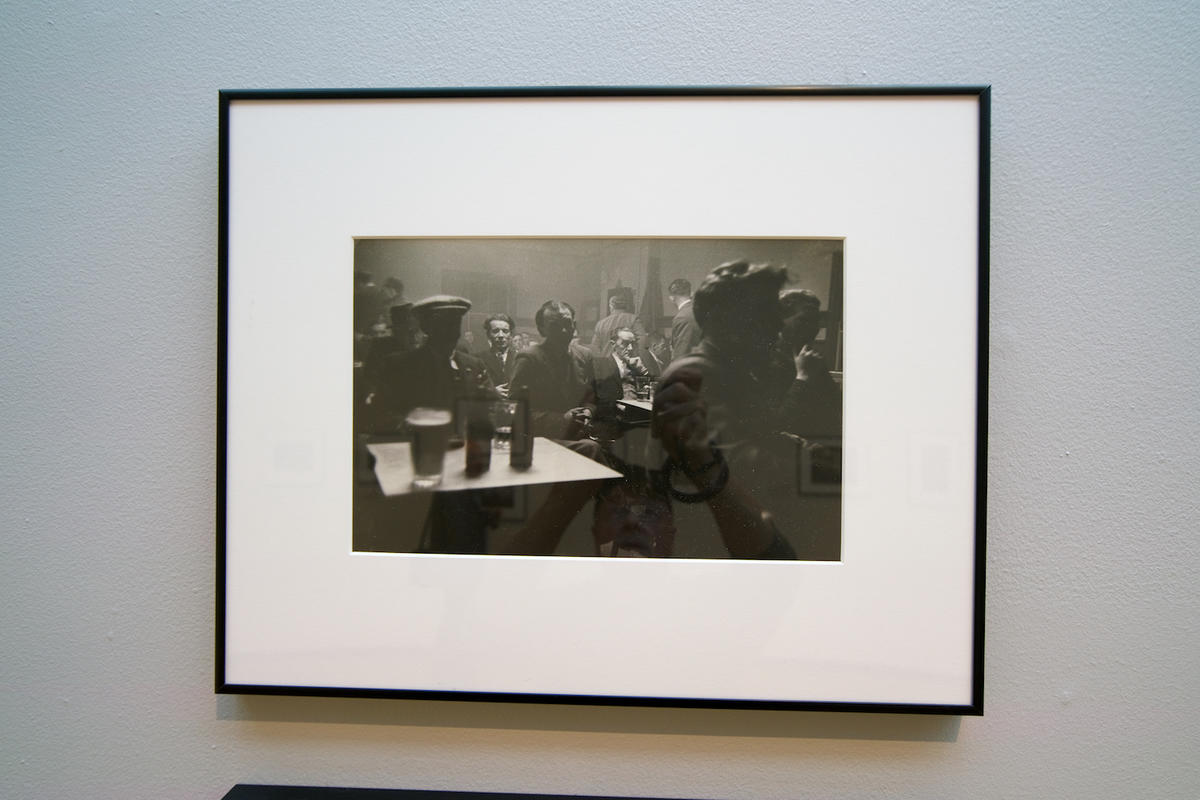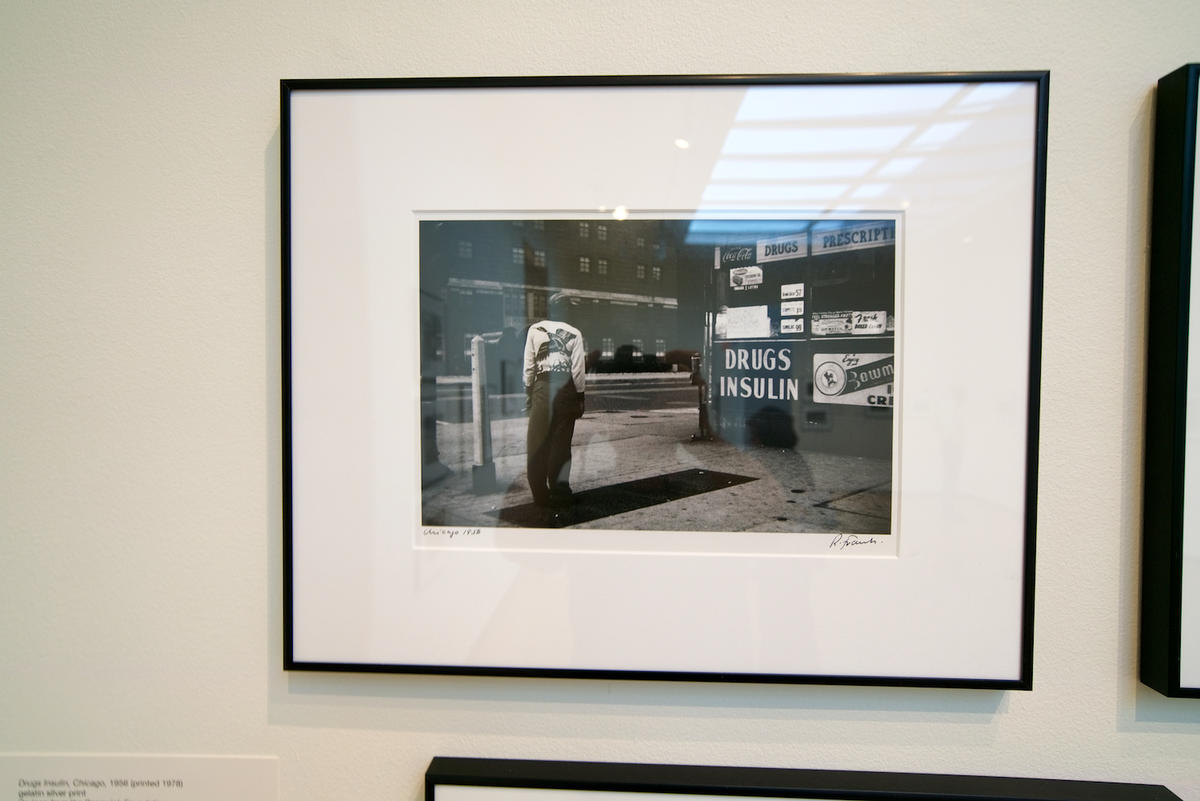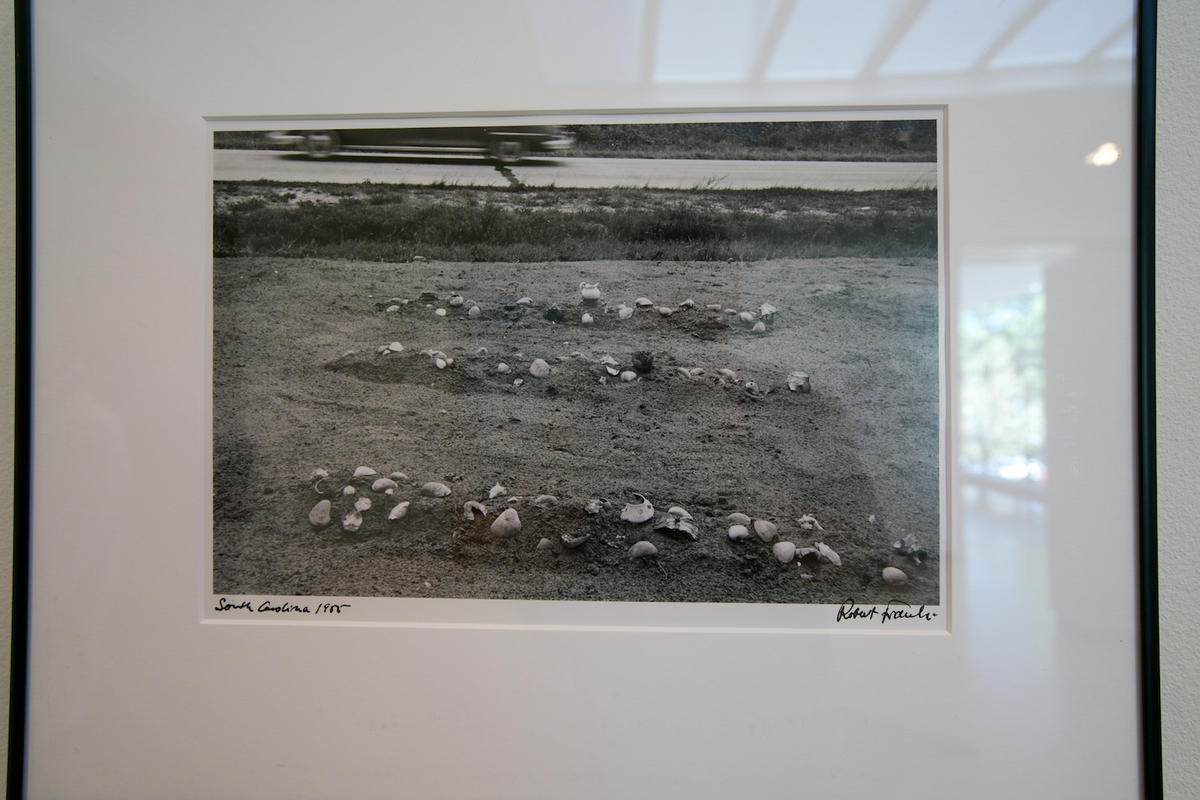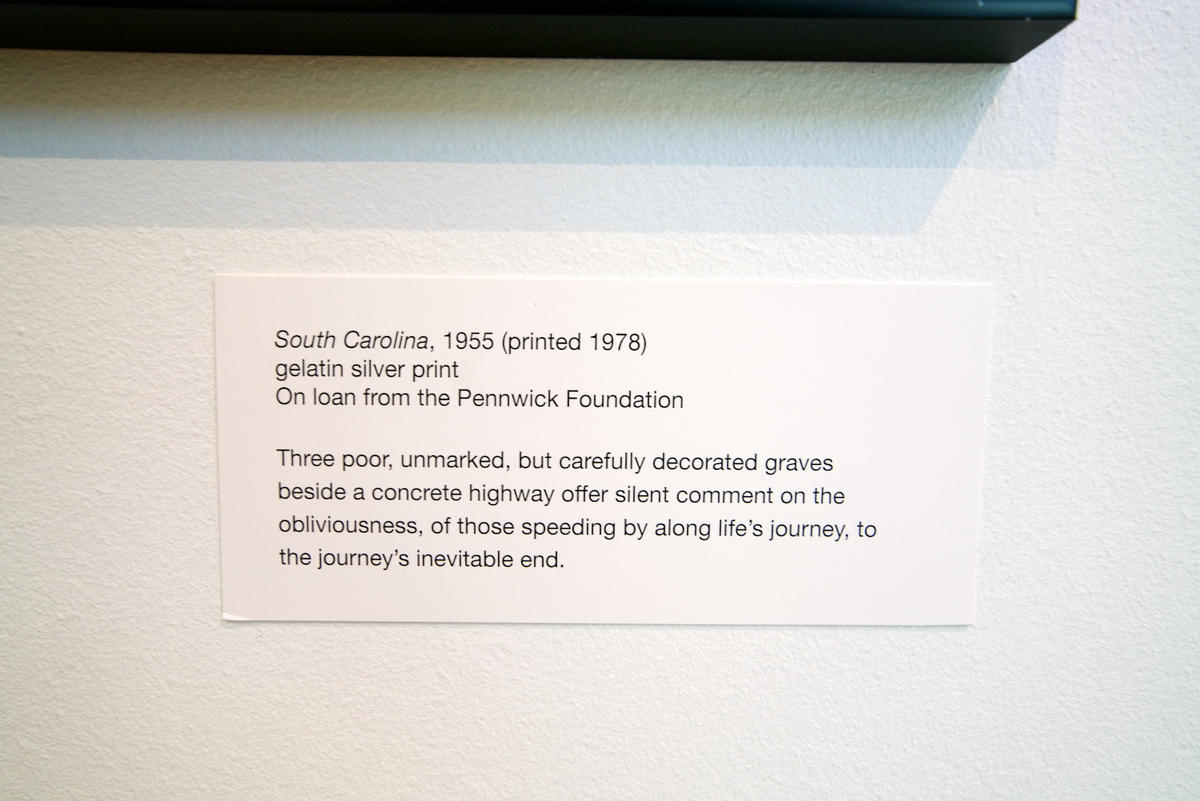Having Prints Made
Three things:
1) Diving into printing your own digital photographs isn't for the feint of heart. It is intimidating, alienating, infuriating, expensive and massively time consuming. The learning curve is steep and the road to making beautiful prints is long. I know. I have made my own prints since 1969 until 2003 in the darkroom and using inkjet printers since. I print all my own work.
2) Making really first rate prints that evoke the depth of your photography, the wealth of feeling and the sheer uniqueness of your photographic circumstances takes great skill. Furthermore, if you choose to have someone else take on the task of making your prints, it takes someone who's invested with you in seeking out the depth of your best imagery.
3) These days many don't know what a truly excellent print is and certainly don't know how to make a one. Often these are skills acquired over many years of work making prints. Good printing is an art and it takes an expert to make a superb print. Marrying art, technique and technology, a good printer also relies on communication skills to work with the photographer to determine what is needed.
Many photographers choose not to undergo the frustrations of making their own prints. Because they are too busy, prefer to be out shooting, don't want to be sitting in front of a computer editing day after day, handle and order paper and ink, store materials, swap out ink cartridges, head clean, swap out the maintenance tank, check head alignment, or deal with a real uh oh moment: "some nozzles are clogged"on a printer's display. Furthermore, photo inkjet printers are big and heavy machines, often requiring floor space and a stand to hold them, to say nothing of how expensive they are. OMG! What a hassle. You can see where taking your files to someone else to print could be the solution. But where you go has a tremendous effect on the quality of the prints. Addto this that anyone you hire to print your work is involved in an interpretive process. He/she is intuiting what they think you want your prints to look like. What if you don't know?
One of the solutions may be to work collaboratively with a printer to interpret together how the prints should look.
In my eastern Massachusetts area there are numerous really good labs that print for photographers. But there is one on the Cape in Orleans, Bob Korn Imaging, that is perhaps unique.
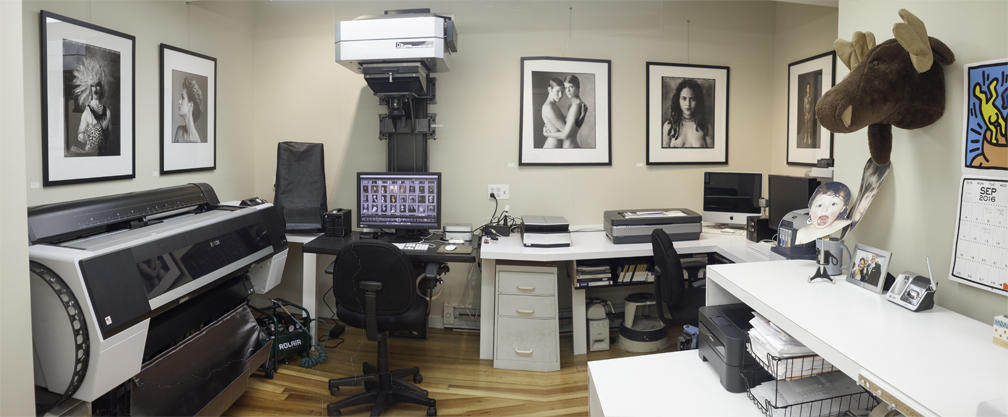
This picture of Bob's workspace shows us present day printing requirements, including a calibrated display, a couple of scanners, a 44 inch Epson inkjet printer and, in homage to earlier days, his 8 x 10 enlarger, no longer used.
Long time color printer Bob Korn becomes your printing teacher, mentor and collaborator when you ask him to print for you. Your work needs to be printed as technically flawless photographs but you also want your prints to be expressive, reflecting the subtleties and nuance of your intention. Bob knows this. As a master printer he has been printing for people his whole career and has printed for many of the greats over the years.
Since Bob no longer prints conventionally and his shop is all digital he's reworked his space to be part lab and part gallery. He is now showing some seriously top people with prints he's made. This serves to validate his printing, never a bad thing, but also raises the bar for anyone looking to have first rate prints made by Bob.
There is a long tradition of artists working with and collaborating with skilled craftsmen to realize their art. Photography is no exception. Bob is a warm, bright and extremely knowledgeable man who has dedicated his life to making consummate prints for his clients. Highly recommended.

Bob@bobkornimaging.com
508-255-5202
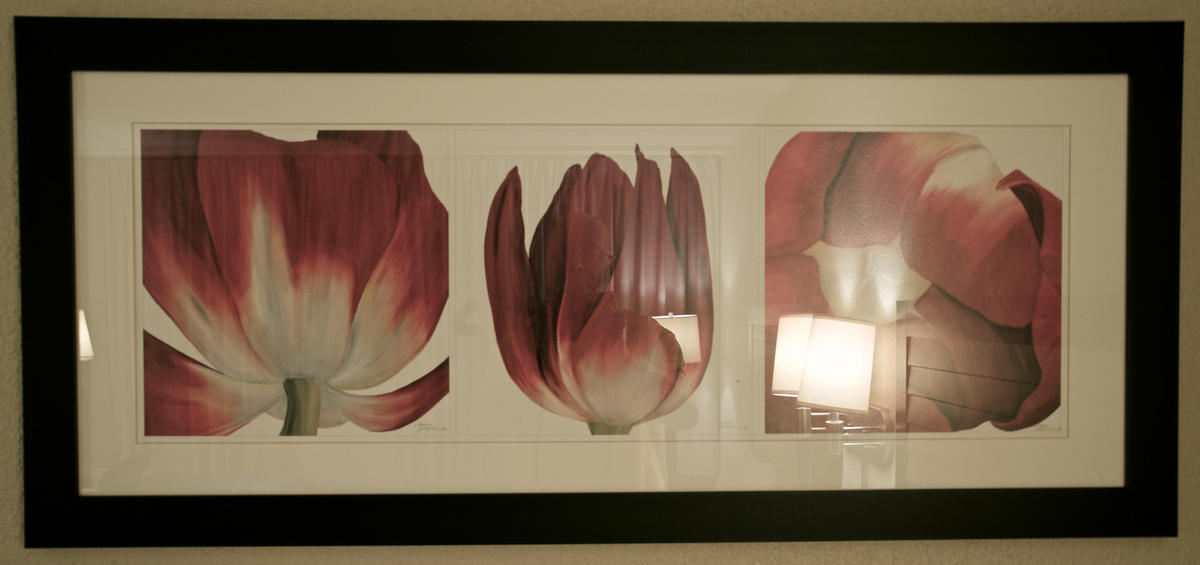
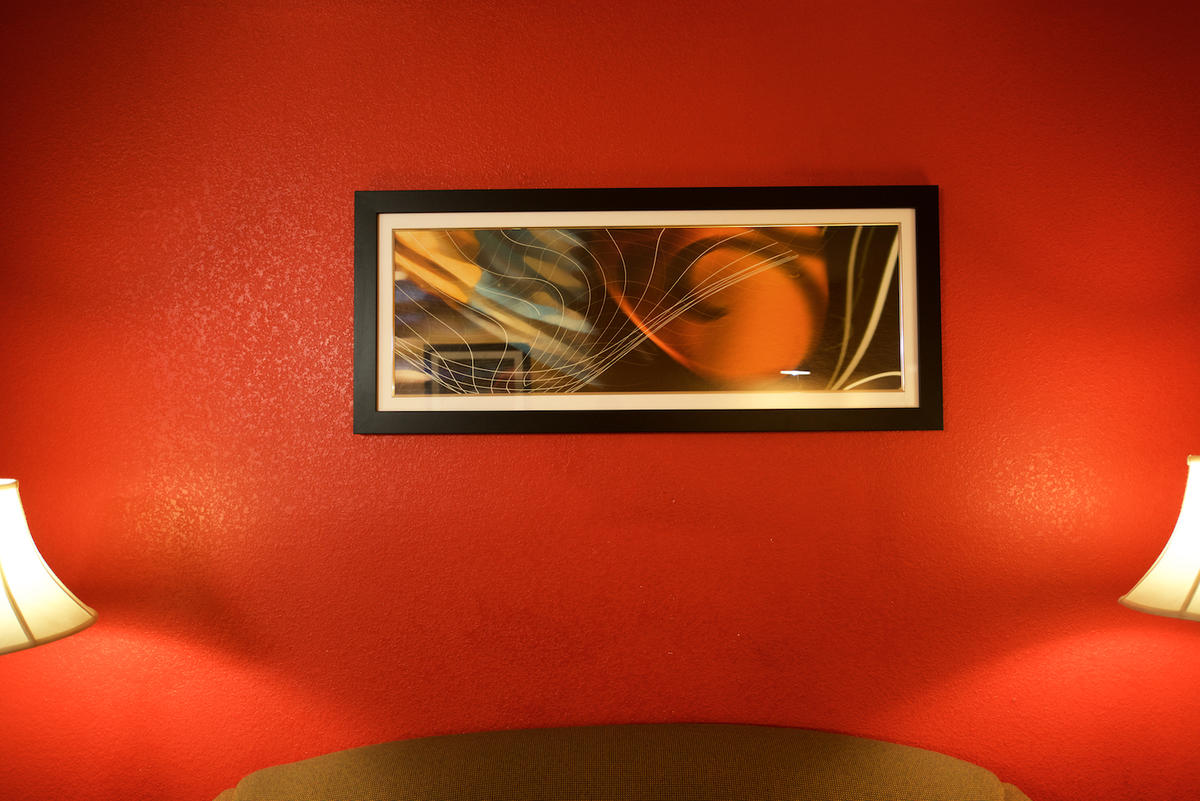
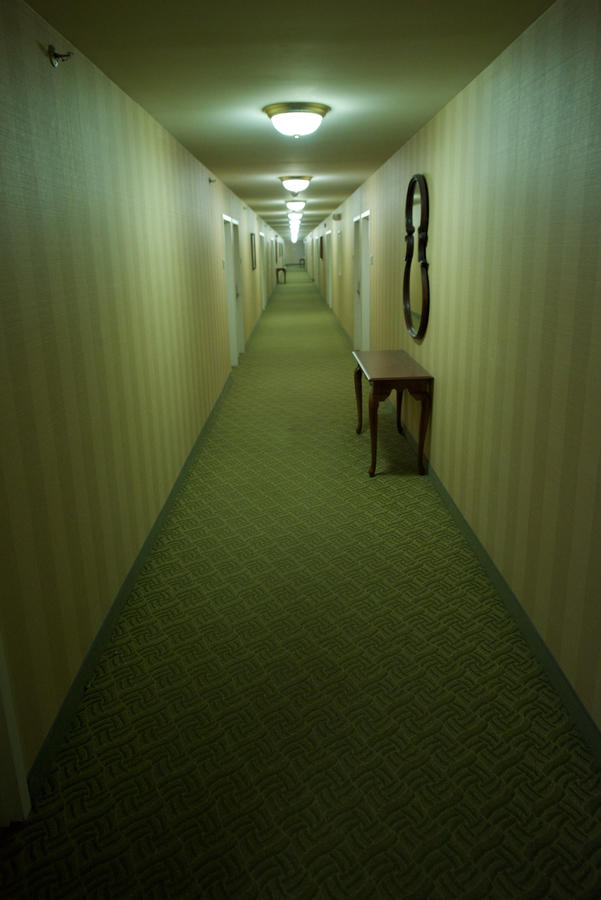

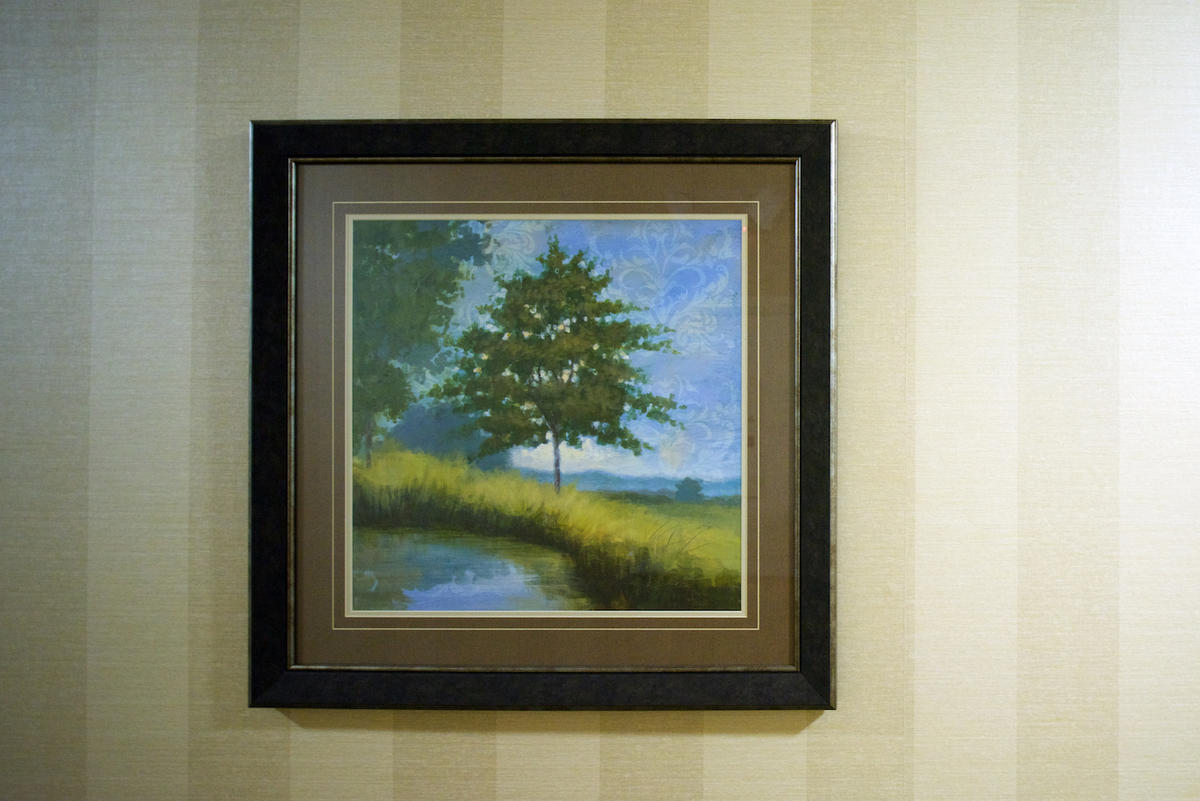
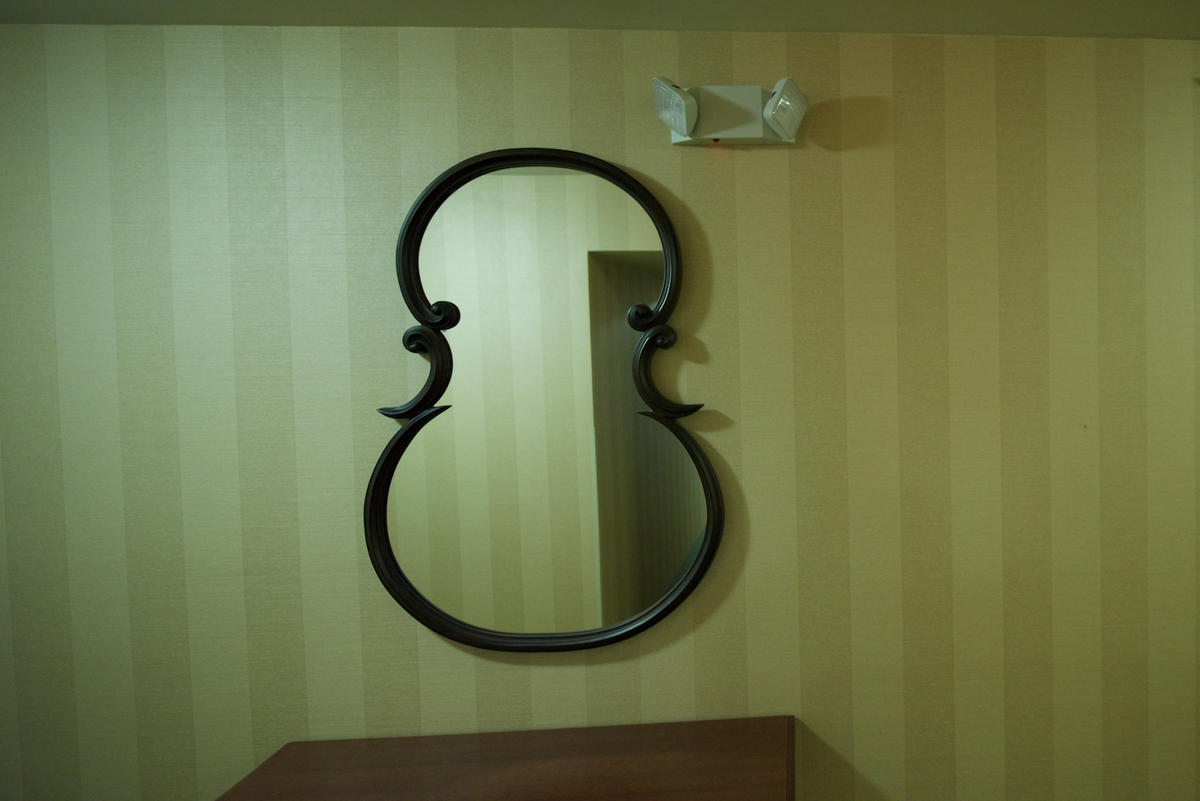
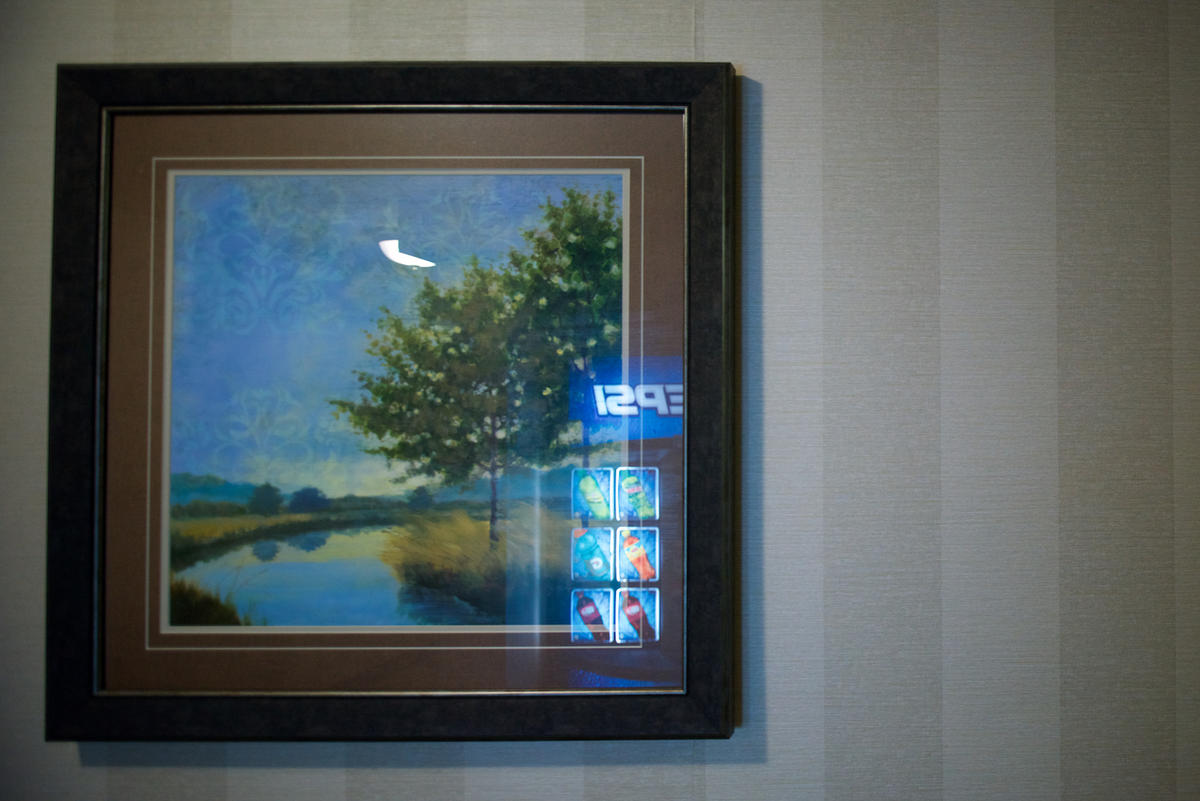
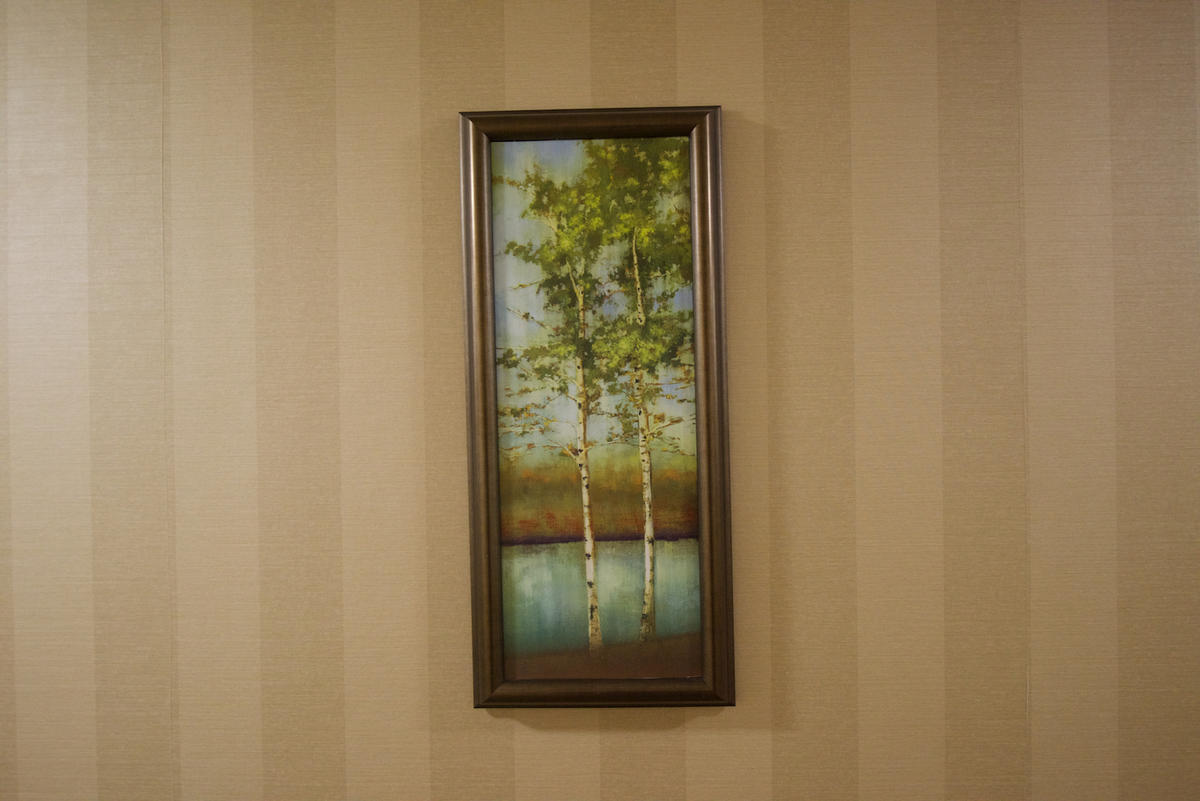 Motels and subsequently motel art, are, for me, an almost necessary evil. Convenient, plentiful, affordable they provide a place to lay my weary head after a long day of driving, shooting, driving, shooting for hours on end. They also can be simply awful; unsanitary, poorly maintained, devoid of aesthetic and poorly run. I search for affordable three star motels, but have been dealt some really poor hands over the years. This picture below came from a hotel in Virginnia on my way to North Carolina to teach at Penland one spring in my bathroom after I'd taken a shower.
Motels and subsequently motel art, are, for me, an almost necessary evil. Convenient, plentiful, affordable they provide a place to lay my weary head after a long day of driving, shooting, driving, shooting for hours on end. They also can be simply awful; unsanitary, poorly maintained, devoid of aesthetic and poorly run. I search for affordable three star motels, but have been dealt some really poor hands over the years. This picture below came from a hotel in Virginnia on my way to North Carolina to teach at Penland one spring in my bathroom after I'd taken a shower.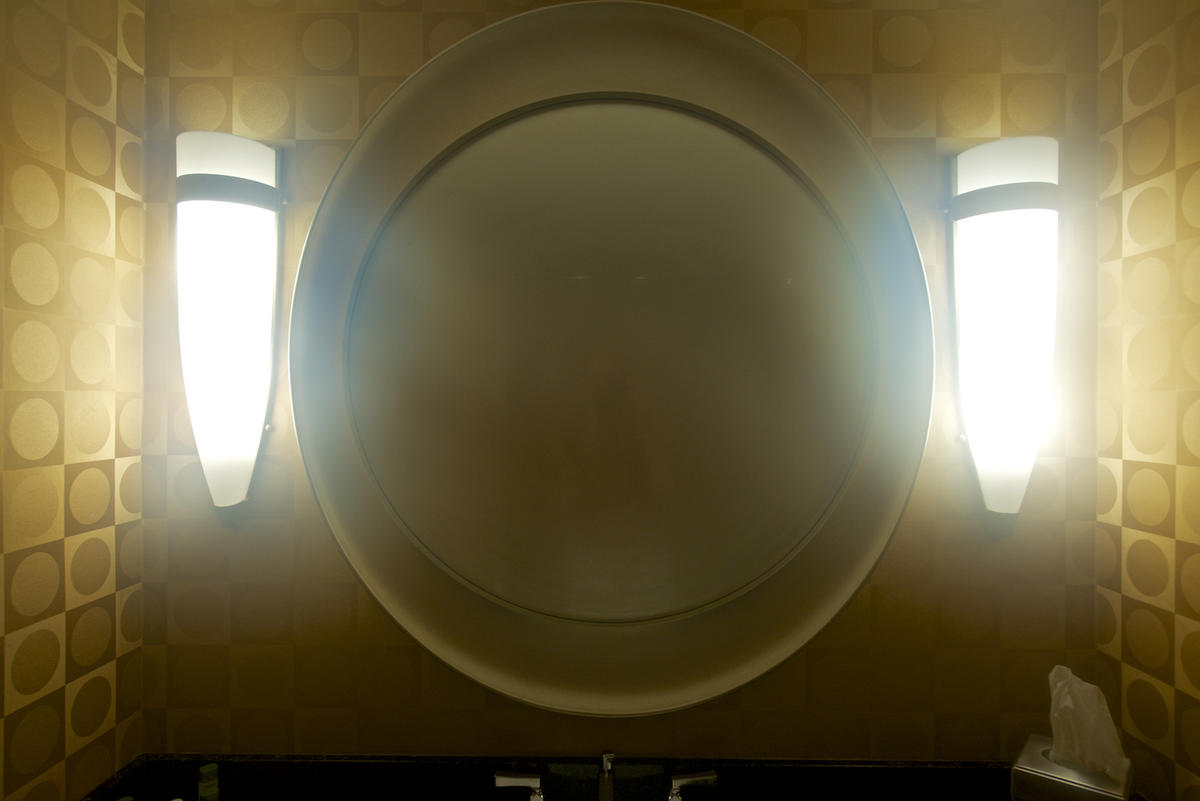
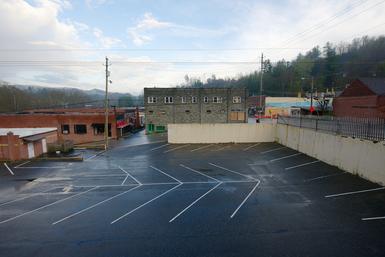
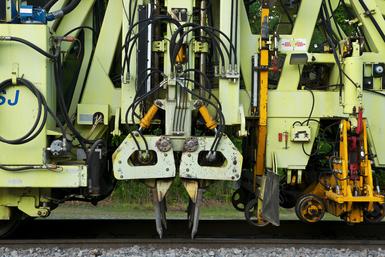
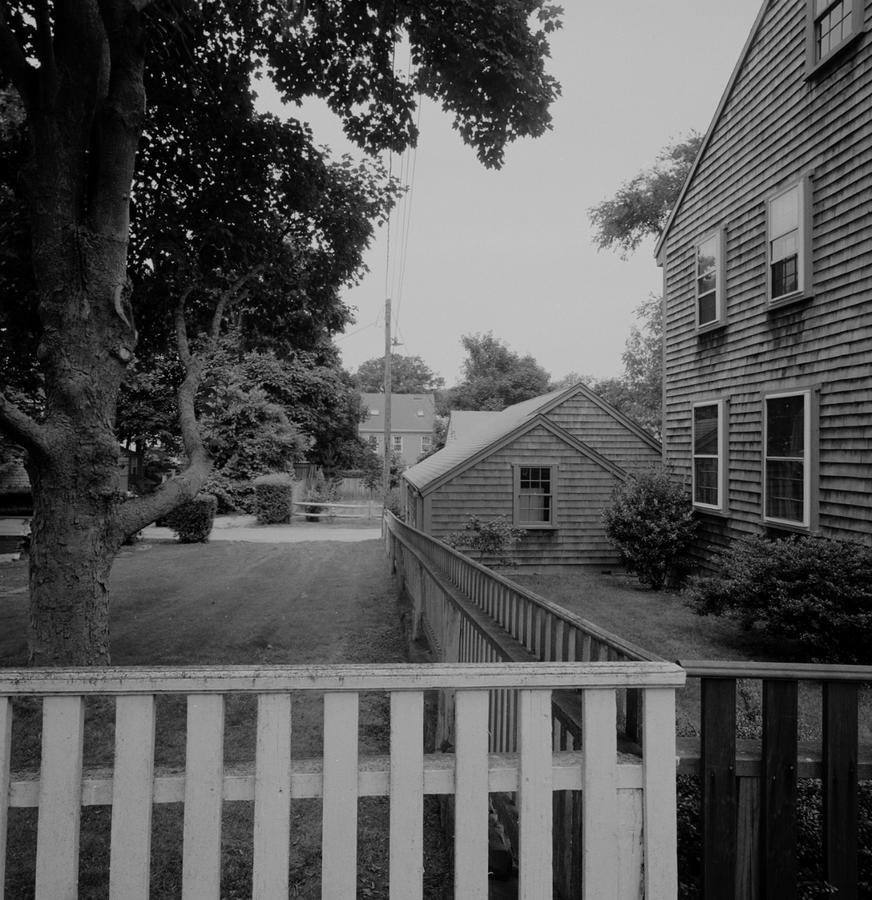
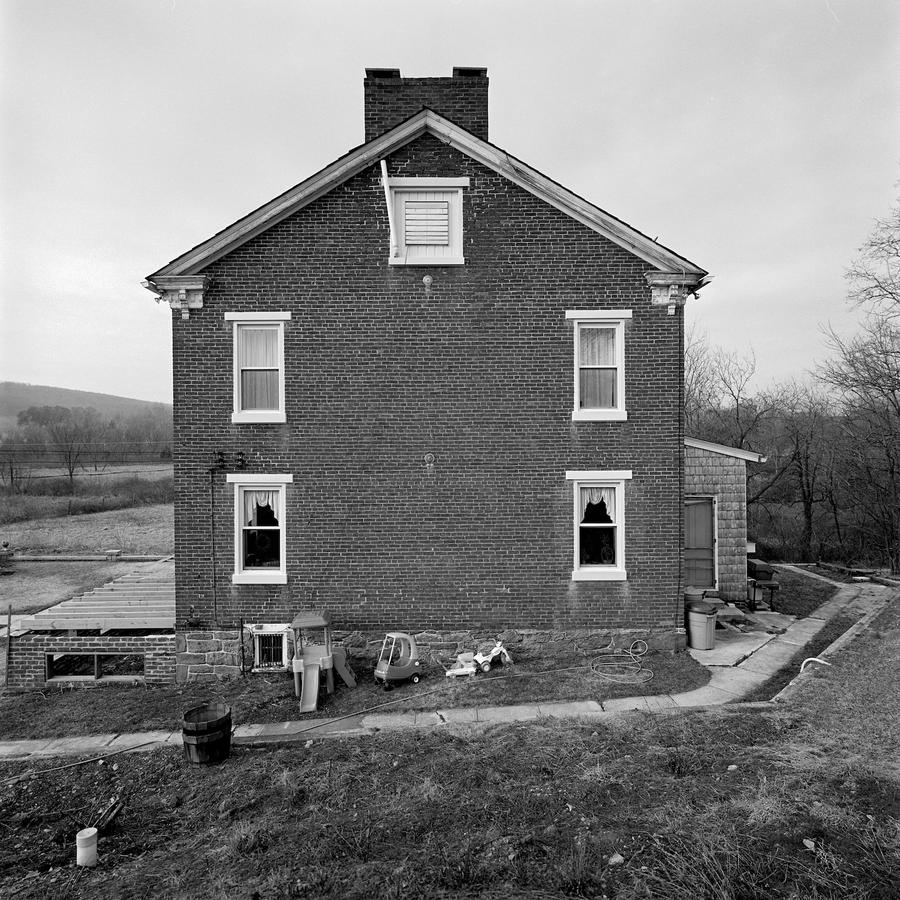
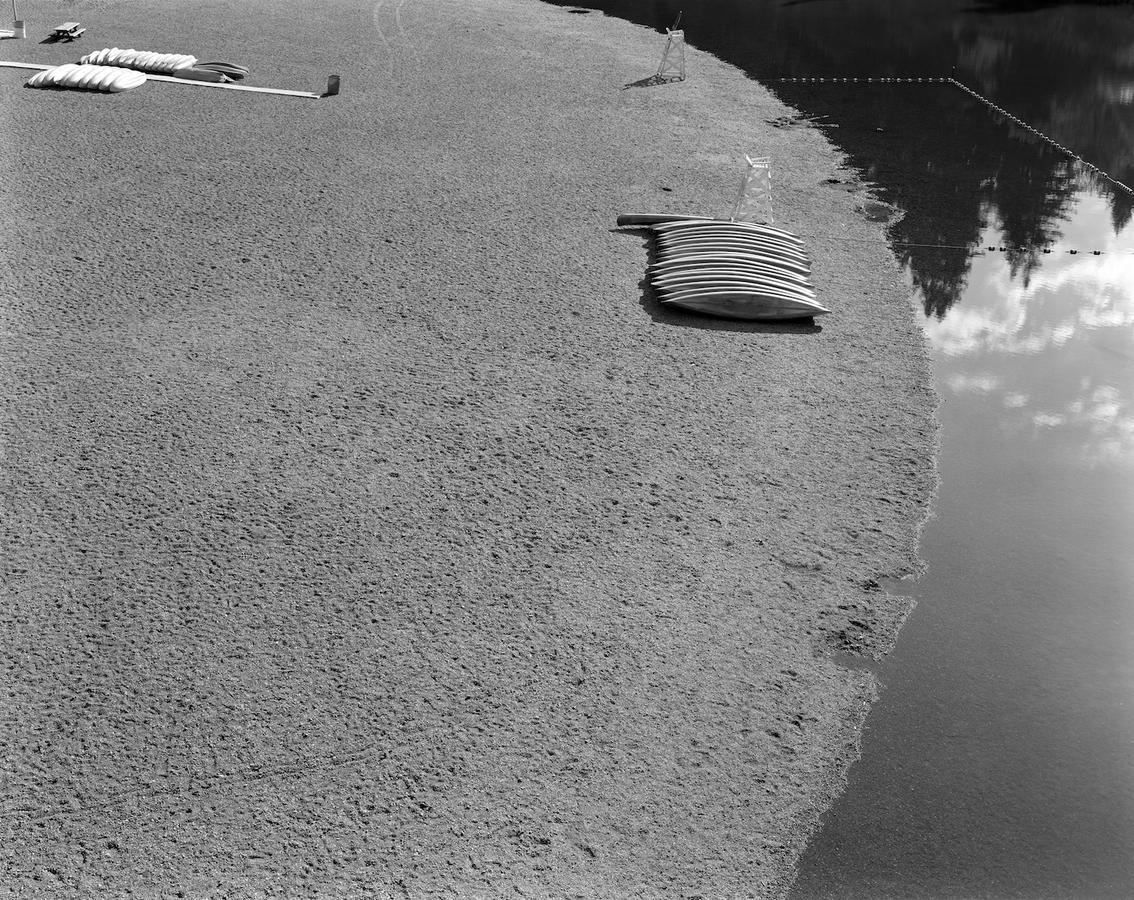
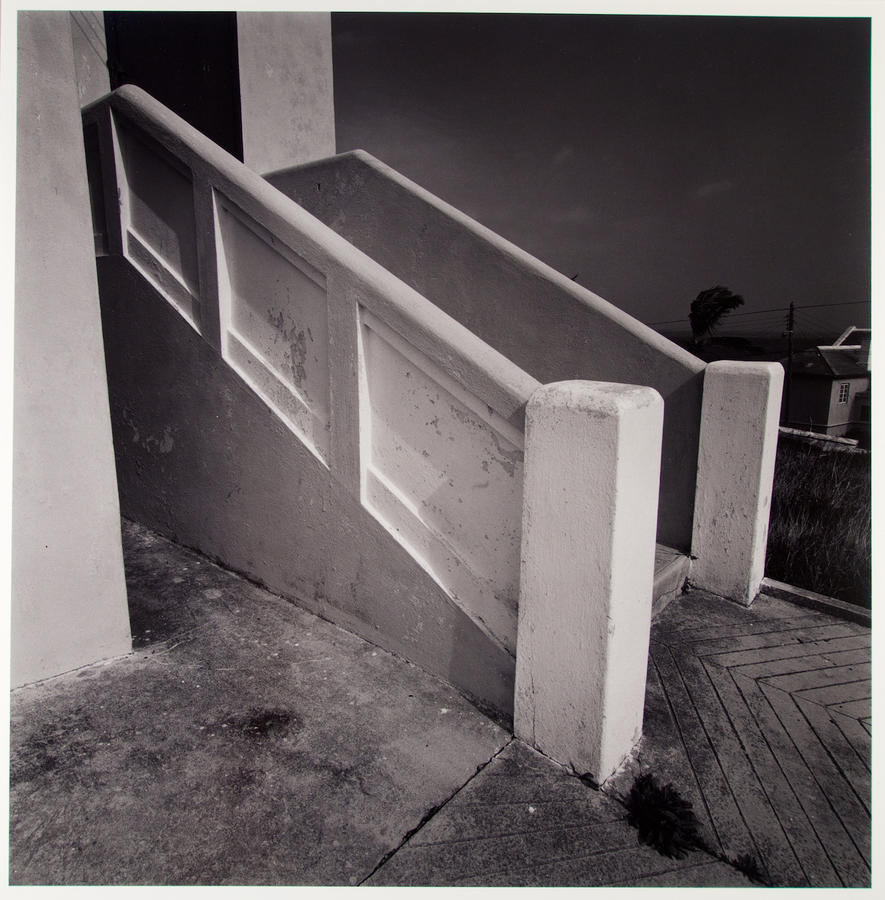
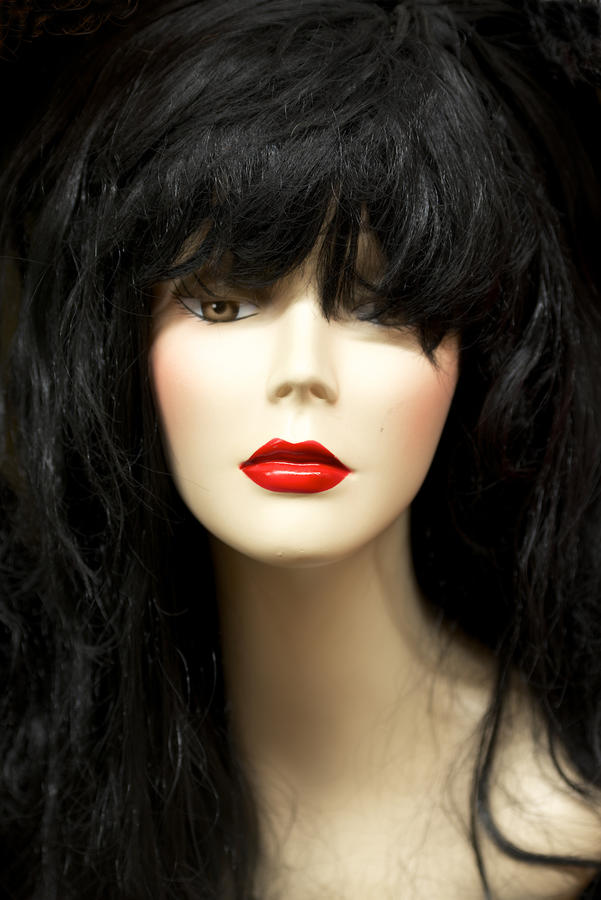 "Mona" from the Monsters series, Fitchburg, MA 2014
"Mona" from the Monsters series, Fitchburg, MA 2014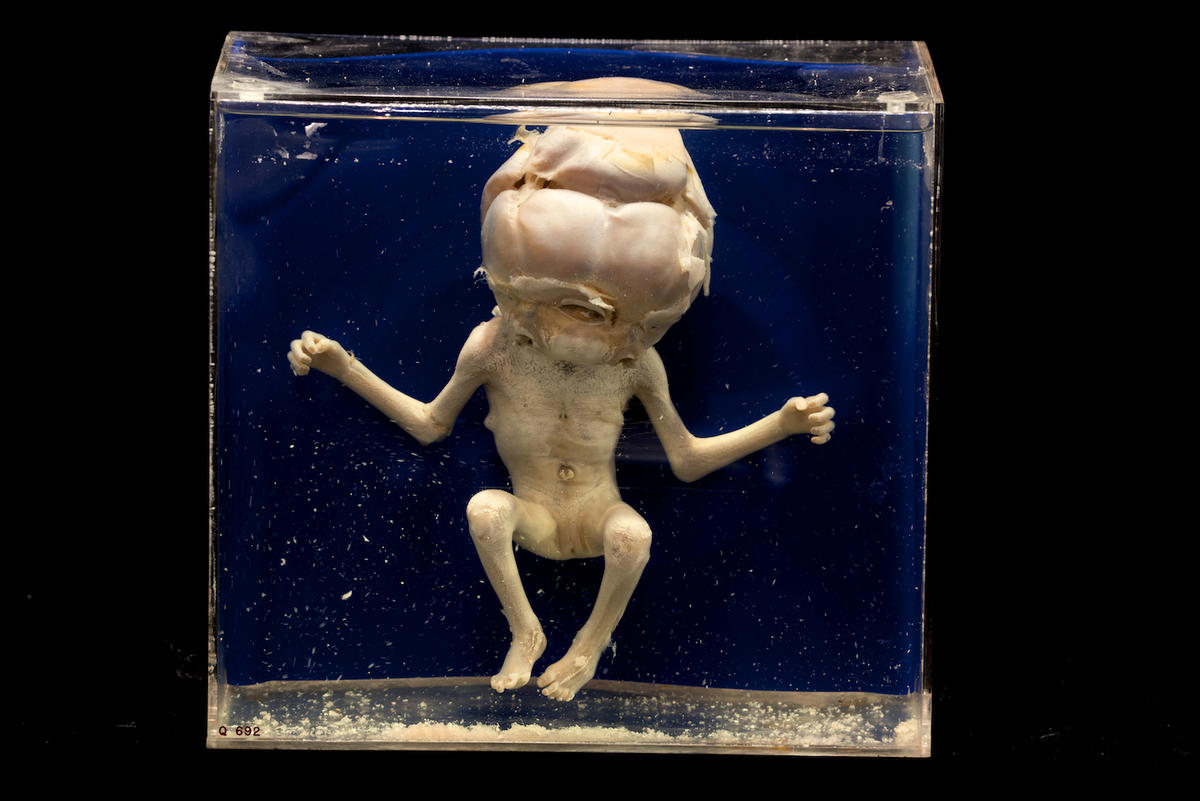 National Museum of Health and Medicine, Bethesda, MD 2014
National Museum of Health and Medicine, Bethesda, MD 2014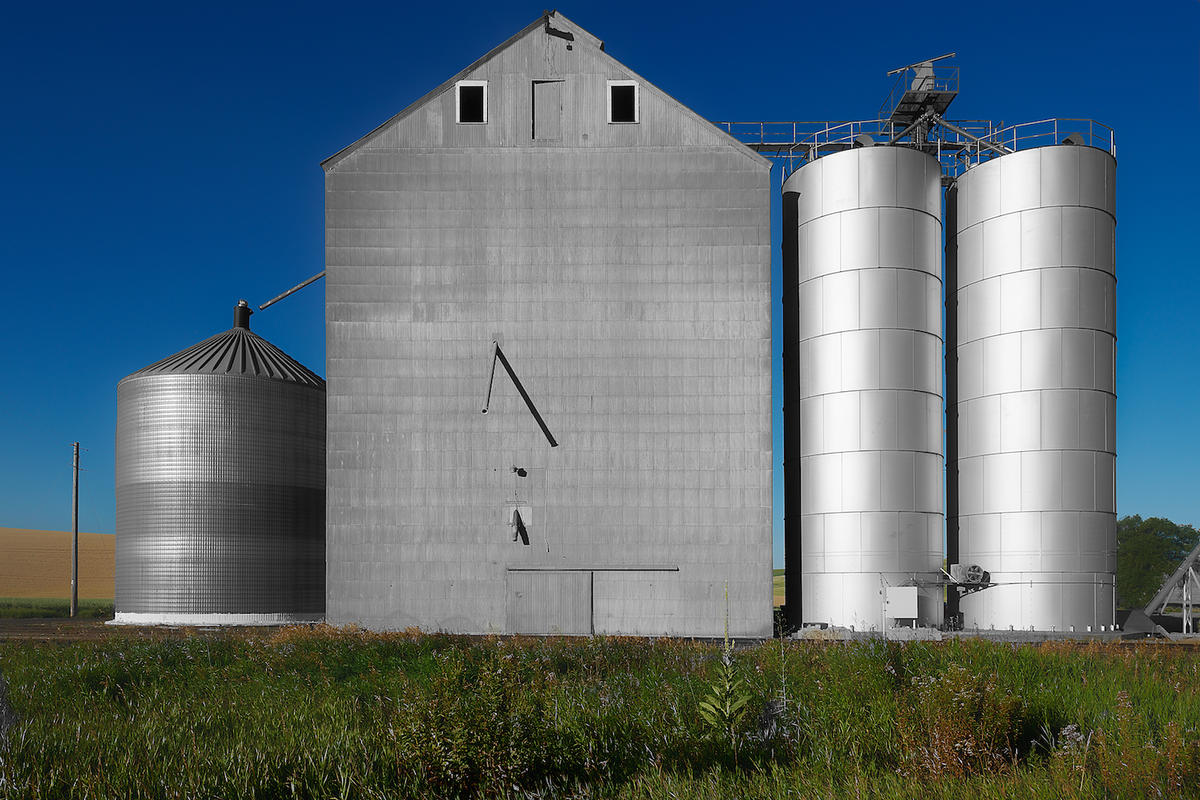 Near Pullman, WA 2013
Near Pullman, WA 2013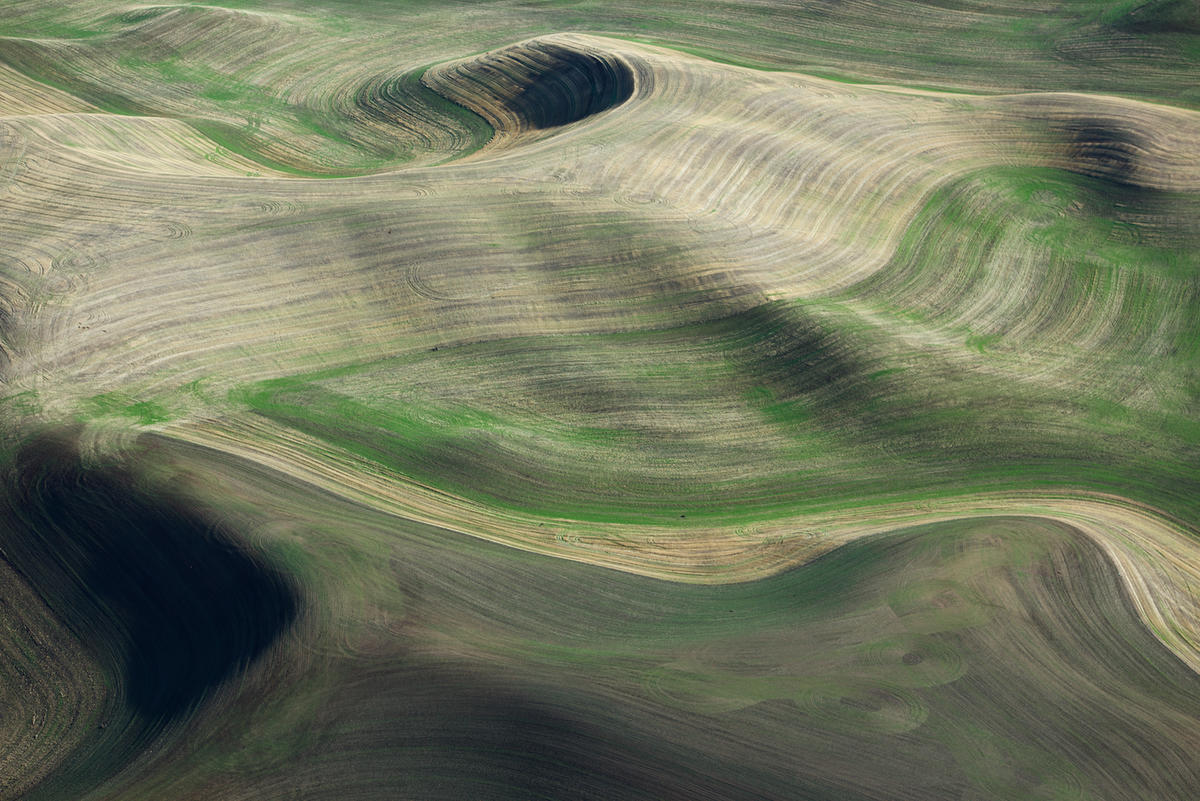 The Palouse from above, Washington 2016
The Palouse from above, Washington 2016